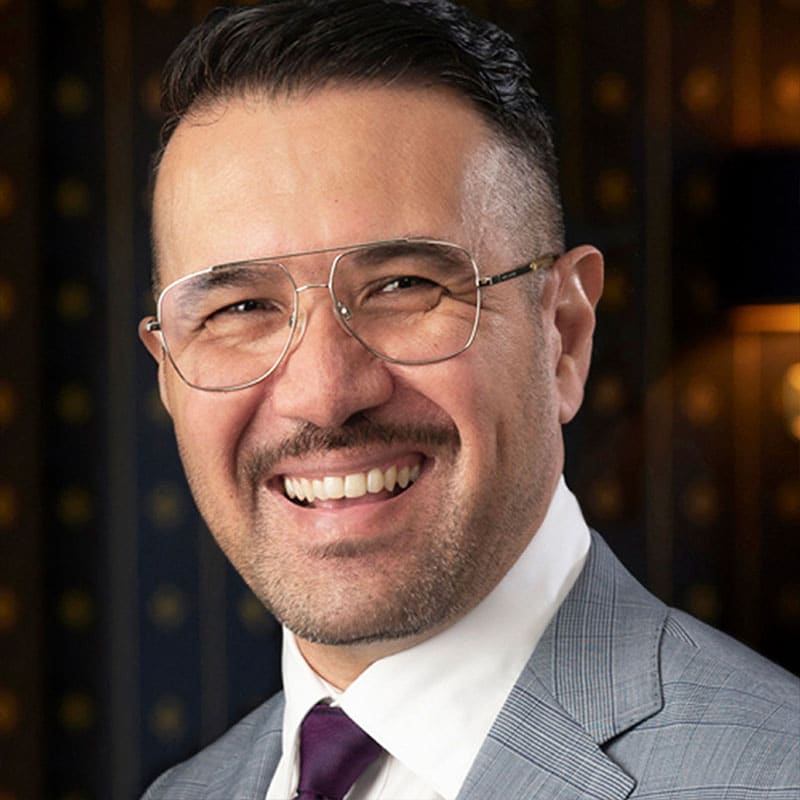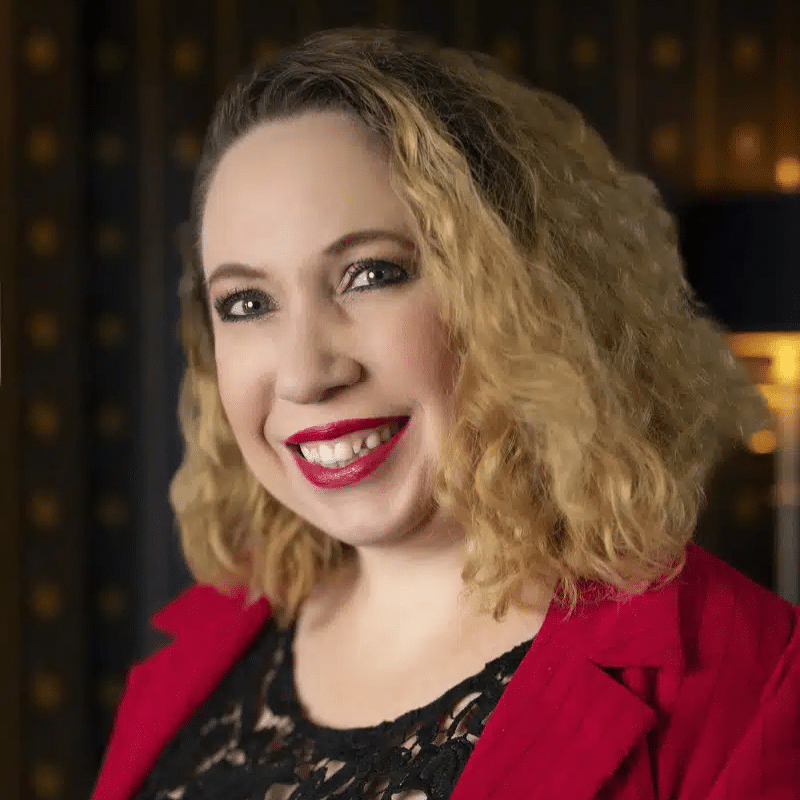ToolGen Incorporated v Fisher (No 2) [2023] FCA 794
Judge:
14 July 2023
Federal Court of Australia
Nicholas J
Highlight
The Federal Court confirmed that strict alignment is required for a priority claim under section 43 post-RTB: entitlement to claim priority depends on the earlier priority document disclosing the “same invention”.
Background
In fields of crowded emerging technologies, being first may make the difference between commercial success and ruin. Korean company ToolGn has learned the hard way that securing the earliest priority date for patent applications must be a priority for sophisticated developers.
The dispute relates to ToolGen Incorporated’s appeal from an Australian Patent Office decision on a successful pre-grant opposition filed in December 2016 by Grant Fisher, a lawyer and patent attorney acting as a ‘straw person’. The opposition was upheld on the grounds of lack of novelty, inventive step, and clarity.
The ToolGen patent application (AU2013335451) was directed to CRISPR/Cas systems and uses to introduce site-specific, double stranded breaks in target nucleic acid sequences in a eukaryotic cell. CRISPR/Cas systems consist of two key molecules that introduce a change into DNA: the Cas enzyme and guide RNA (gRNA). Cas proteins are nucleases that act as molecular scissors, Cas9 being particularly effective. The gRNA is designed to find and bind to a specific sequence in a target DNA molecule. The Cas protein follows the guide RNA, and makes a cut. CRISPR/Cas systems then exploit this cut to introduce changes in DNA. The specification of ToolGen’s application explains that the CRISPR/Cas system can utilise the Cas9 nuclease protein itself or a nucleic acid encoding Cas9.
AU 2013335451 was filed on 23 October 2013 claiming priority from three US provisional patent applications filed on 23 October 2012 (known as P1), 20 March 2013 (P2), and 30 June 2013 (P3) respectively.
The delegate agreed with Fisher that P1 did not provide sufficient disclosure so ToolGen was not entitled to rely on the earliest claimed priority date. ToolGen agreed that if its priority claim failed, all claims of its application were invalid in light of intervening prior art. The delegate went against ToolGen, denying its priority claim because the provisional application did not disclose or enable the claim (s43(2A)) and finding that all claims lacked novelty and/or inventive step. Further, the specification did not provide enabling disclosure (s40(3)) and were not supported (s40(3)).
ToolGen appealed to the Federal Court which upheld the patent office decision. It has not further appealed this decision.
ToolGen indicated at the hearing that it might amend the application to avoid invalidity and filed an application to amend the patent in September 2023, which will be heard in 2024.
Key Issues
Priority claiming (external sufficiency)
The legal test in Australia for claiming priority under s43(2A)(b) of the Patents Act 1990 (Cth) (Act) as amended by the Intellectual Property Laws Amendment (Raising the Bar) Act 2012 (Cth) (RTB), comprises ‘essentially the same’ (as Nicholas J said) wording as for sufficiency/ enabling disclosure under s40(2)(a). A claim is entitled to an earlier priority date if the prior application (in this case, provisional application) discloses the claimed invention in a manner that is clear and complete enough for a person skilled in the relevant field to perform the invention.
During the appeal, the parties agreed that if certain claims were not entitled to priority from P1, those claims would lack novelty and inventive step. Although P2 and P3 were not extensively discussed, the judge noted that P2 could not confer priority due to irrelevant subject matter, and P3 was filed after the publication of relevant articles impacting novelty and inventive step.
P1 was essentially an academic manuscript to which a paragraph headed “Summary of the Invention” had been added. It was filed with the USPTO as a provisional application without any claims. The manuscript, later published as Cho et al. (2013, Nature Biotechnology, 31(3): 230-232), was submitted for peer review a month after P1 was filed.
P1 detailed a CRISPR/Cas9 system derived from Streptococcus pyogenes (S. pyogenes) using naked gRNA. P1 did not disclose the introduction of DNA into cells for in vivo gRNA transcription, and it lacked descriptions of CRISPR/Cas systems from other bacteria let alone eukaryotic organisms.
Fisher led expert evidence to demonstrate that the skilled individual, in light of the common general knowledge at the filing date of P1, together with disclosure in P1, would face undue burden in identifying alternative CRISPR/Cas9 systems to that derived from S.pyogenes.
The Court agreed and determined that P1 disclosed a CRISPR/Cas9 system specifically derived from S. pyogenes and a naked gRNA, and that the document didn’t disclose a broadly applicable principle that would support a claim involving any CRISPR/Cas9 system (of which there are many bacterial sources) in eukaryotic cells, nor the delivery of gRNA through a nucleic acid intermediate.
Internal sufficiency and support
Although not directly linked to a priority claim entitlement, the Court offered insights into the internal sufficiency and support requirements, (that is, in terms of the relationship between the specification and the claims of the same application rather than between the application and an earlier document). Section 40(3) of the Act requires claims to be supported by the information disclosed in the specification. The claims’ scope should not extend beyond the applicant’s contribution to the field.
Outcome
The Court found that the deficiencies identified in P1’s disclosure, carried over into internal sufficiency and support. Having found that the disclosure lacked sufficiency under section 40(2)(a), Nicholas J found that all of the claims lacked support under section 40(3).
Nicholas J concluded that due to the complexity of the experiments required, including screening Cas9 endonucleases from other bacterial sources, identifying and constructing gRNA sequences, P1 did not sufficiently disclose or enable the claimed invention and thus none of the claims were entitled to priority from P1. Consequently, the claims lacked novelty in light of intervening prior art.
Although the ruling didn’t specifically address whether claims could partially enjoy priority under section 43(3) of the Act (permitting a claim to be treated as separate claims for priority purposes if it defines more than one form of an invention), it did suggest that claims limiting the gRNA to a specific form disclosed in P1 might be entitled to claim partial priority. Such recognition of partial priority would allow the relevant part of the disclosure to predate one of the intervening prior art documents (Wang). ToolGen has sought the Court’s discretion for amendments which aim to circumvent the prior art, at these are pending at the time of publication. These may also address the Court’s findings on sufficiency and support.
Implications
In light of ToolGen’s pending amendment application, there will be no clarity around this dispute in the short term. However, Nicholas J’s reasoning provides valuable insights into the criteria for disclosing information sufficient to establish a priority claim.
The Court’s verdict underscores the significance of thorough and comprehensive disclosure in provisional applications, particularly in innovative and complex fields. The Australian Court has confirmed that post-RTB the principle for priority claims is aligned with that of the UK and the EPO’s Technical Board of Appeal in requiring strict alignment – ie the ‘same invention’.
The decision suggests that patent applicants should prioritise clear and detailed descriptions of their inventions in priority documents, providing sufficient experimental data where possible to justify a broad claim scope.
We note that contra to the outcome in the AU Court, ToolGen’s corresponding European application granted with claims directed to a CRISPR/Cas9 system where the origin of the Cas9 protein is not limited to S. pyogenes, and speculate about the misalignment.
About Pearce IP
Pearce IP is a boutique firm offering intellectual property specialist lawyers, patent attorneys and trade mark attorneys to the life sciences industries (in particular, pharmaceutical, biopharmaceutical, biotech, ag-tech and food tech). Pearce IP is the 2021 ‘Intellectual Property Team of the Year’ (Lawyers Weekly Australian Law Awards) and was shortlisted for the same award in 2022. Pearce IP is ranked in IAM Patent 1000 and Managing IP (MIP) IP Stars, in Australasian Lawyer 5 Star Awards as a ‘5 Star’ firm, and the Legal 500 APAC Guide for Intellectual Property.
Our leaders have been recognised in virtually every notable IP listing for their legal, patent and trade mark excellence including: IAM Patent 1000, IAM Strategy 300, MIP IP Stars, Doyles Guide, WIPR Leaders, 5 Star IP Lawyers, Best Lawyers, and Australasian Lawyer 5 Star Awards, and have been honoured with many awards including Australian Law Awards – IP Partner of the Year, Women in Law Awards – Partner of the Year, Women in Business Law Awards – Patent Lawyer of the Year (Asia Pacific), Most Influential Lawyers (Changemaker), among other awards.

Naomi Pearce
CEO, Executive Lawyer (AU, NZ), Patent & Trade Mark Attorney (AU, NZ)
Naomi is the founder of Pearce IP, and is one of Australia’s leading IP practitioners. Naomi is a market leading, strategic, commercially astute, patent lawyer, patent attorney and trade mark attorney, with over 25 years’ experience, and a background in molecular biology/biochemistry. Ranked in virtually every notable legal directory, highly regarded by peers and clients, with a background in molecular biology, Naomi is renown for her successful and elegant IP/legal strategies.
Among other awards, Naomi is ranked in Chambers, IAM Patent 1000, IAM Strategy 300, is a MIP “Patent Star”, and is recognised as a WIPR Leader for patents and trade marks. Naomi is the 2023 Lawyers Weekly “IP Partner of the Year”, the 2022 Lexology client choice award recipient for Life Sciences, the 2022 Asia Pacific Women in Business Law “Patent Lawyer of the Year” and the 2021 Lawyers Weekly Women in Law SME “Partner of the Year”. Naomi is the founder of Pearce IP, which commenced in 2017 and won 2021 “IP Team of the Year” at the Australian Law Awards.

Chris Vindurampulle PhD
Executive, Patent & Trade Mark Attorney
Chris is a senior Patent and Trade Mark Attorney who is registered to practice before the intellectual property offices of Australia and New Zealand. He is experienced in patent drafting, patent and trade mark prosecution and opposition, and freedom to operate, opinion and due diligence work. Through his experience and delivery of highly-regarded client service, Chris has been recognised as a leading patent practitioner having been listed in the IAM Patent 1000 as a recommended individual for patent prosecution, and a Rising Star in 2021, 2022 and 2023 by Managing IP.

Kate Legge
Special Counsel, Lawyer
Kate is an experienced IP and patent lawyer, providing IP leadership for pharmaceutical product development and commercialisation in global markets – from initial scoping through to post-launch.
She has developed and implemented global IP strategies over more than 15 years at multi-national pharmaceutical companies. She is an Australian qualified and registered legal practitioner, and has a Master’s degree in IP Law and a BSc in biochemistry.

Donna Meredith
Associate, Patent & Trade Mark Attorney
Donna is a Patent and Trade Mark Attorney with more than 8 years’ post-qualification experience, and a background in biotechnology and biology.
Donna supports Australian and international clients in a range of life sciences fields including nanoparticles, pharmaceuticals, biopharmaceuticals, biotechnology, DNA sequencing, cell and gene therapy, CRISPR technologies, protein chemistry, formulation chemistry, chemical compounds, biofuels, plant varieties, ag-tech, food-tech and medical devices.

